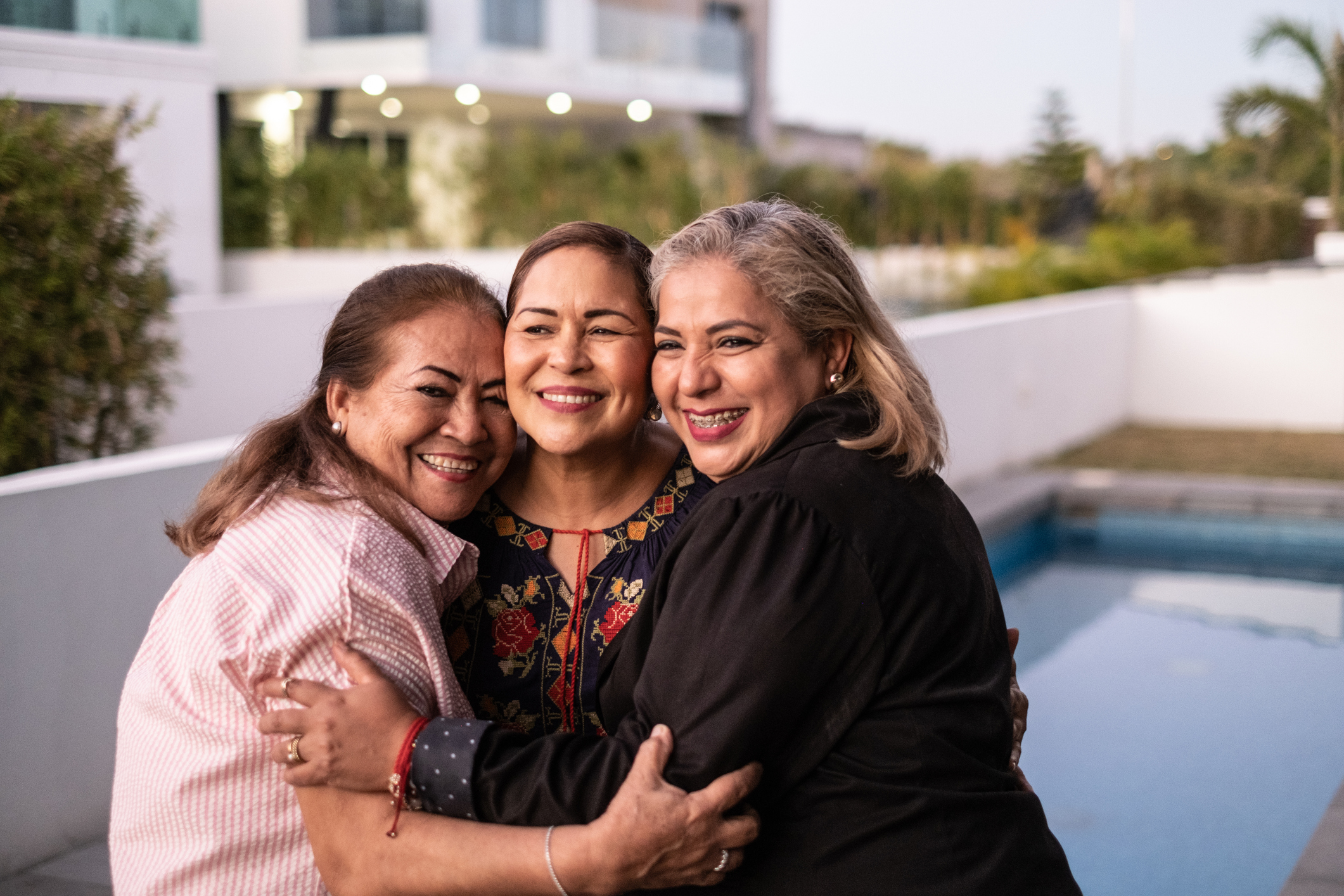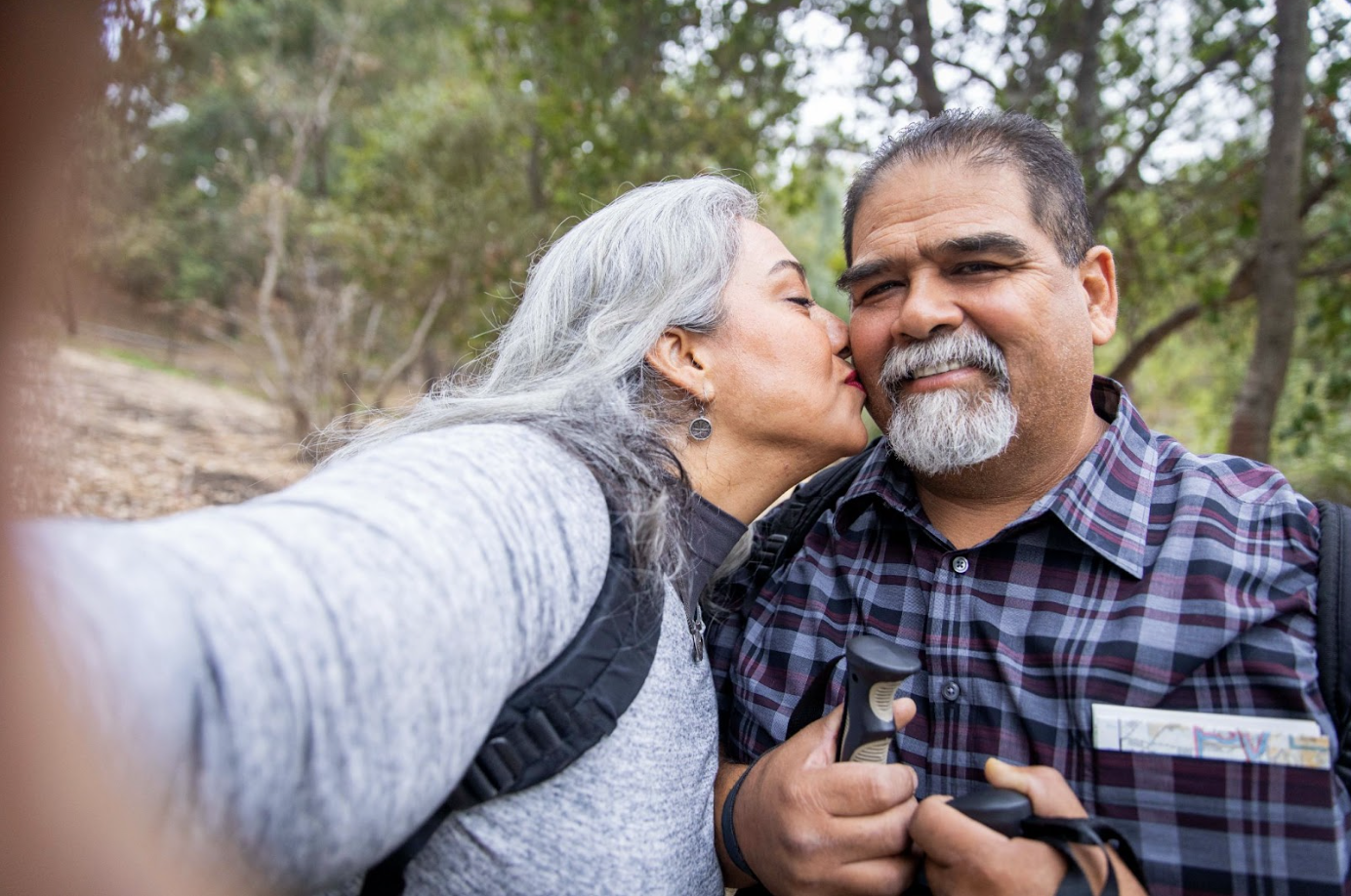
The internet and social media can make a lot of things in our lives easier: staying in touch with friends, keeping tabs on the latest headlines, getting groceries (and diapers and that gift for the birthday party on Saturday you forgot about) delivered.
One thing that can still be difficult: knowing what information is true—especially when it relates to important health issues, like cancer—and what isn't. But separating fact from fiction is important, particularly when it comes to cancer, since its impact is so widespread. In 2021, 96,400 new cases of cancer were expected to be diagnosed among Hispanic women, according to the American Cancer Society's report, Cancer Facts & Figures for Hispanic/Latino People 2021-2023. One in three Hispanic women will develop cancer at some point in their lives.
So how can you find the information you can trust? "We need to make sure [people] are aware of good places to go," says Ivonne Pereira, NP, a certified oncology nurse at Mount Sinai West Infusion Center in New York City. One source she recommends is cancer.org, from the American Cancer Society. And if you need immediate factual, science-backed answers, you can also reach the American Cancer Society directly through their free 24-hour helpline at 1-800-227-2345. Trained specialists can provide information and support on everything from screening to strategies for cutting your risk through lifestyle changes like quitting smoking. Services are available in English, Spanish, and more than 200 other languages via a translation service.
Having accurate information means you can take the best care of yourself—and your family. So let's set the record straight on three stubborn myths about cancer:
Myth #1: Finding a lump means you have breast cancer.
Not true. In fact, the vast majority of breast lumps—around 90 percent—turn out to be benign, meaning they’re not cancerous. The lump you feel or breast changes you notice could be a sign of many different conditions. For instance, fibrocystic changes—including both fibrosis (a firm spot of fibrous tissue in your breast) and cysts (fluid-filled breast lumps) are super common. Cysts, in particular, often show up when you’re in your 30s and 40s. While your doctor may recommend a breast ultrasound to rule out anything more serious, they’re typically drained if painful and may simply go away on their own.
The flip-side of this rumor—that you have to find a lump to have breast cancer—is also false. While a lump is the most common symptom of breast cancer, it’s not the only one: you may notice breast swelling or pain, or changes to your nipples, like discharge or an inverted nipple, for example. These symptoms don’t automatically mean cancer either, but it’s smart to be aware of the signs. Bottom line? Talk to your doctor about any changes you notice in your breasts—whether or not you feel a lump—and, as always, stay up-to-date with your screenings.

Myth #2: Cancer only impacts older adults.
This is a particularly dangerous misconception, says Pereira, and one she often hears from her patients. “Let’s say a 23-year-old feels a lump on her breast, she may be told, ‘Oh, that’s not cancer. You’re too young to get cancer. That happens only to older people, it doesn’t happen to young people,’” Pereira explains. “And because of that, they don’t seek medical attention.”
While your cancer risk does go up as you get older—the average age at which someone is diagnosed with any type of cancer is 62—it’s essential to get checked out by your doctor if you’re having any symptoms, no matter how old you are. Knowing at what age you should start having cancer screening—for instance, at age 25 for cervical cancer—and focusing on key healthy habits, like not smoking, exercising regularly, staying away from or limiting alcoholic beverages and loading up on fruits and veggies, can all help cut your risk and help you catch cancer early when it’s easier to treat.
Myth #3: Using your cell phone causes cancer.
Sure, we could all use some screen time limits, but that has little to do with your cancer risk. As the National Cancer Institute points out, current research doesn’t suggest a link between cell phone use and cancer. According to experts, because cell phones release radiofrequency (RF) waves, some people worry this might increase the likelihood of developing brain, or head and neck tumors since, that’s where the phone sits when we’re chatting away. But, those RF waves are what’s known as non-ionizing radiation, which means that they don’t contain enough energy to actually do any damage to your genes. Still, even though many studies have been done on the topic, they have their limitations, so experts say it’s important for researchers to keep at it. But just know that with the information available right now and guidance from major organizations like the FDA and CDC, there isn’t enough research to pinpoint a clear connection.
For accurate, vetted information you can trust, as well as support and free patient support services, all made possible through donations, rely on the American Cancer Society.

